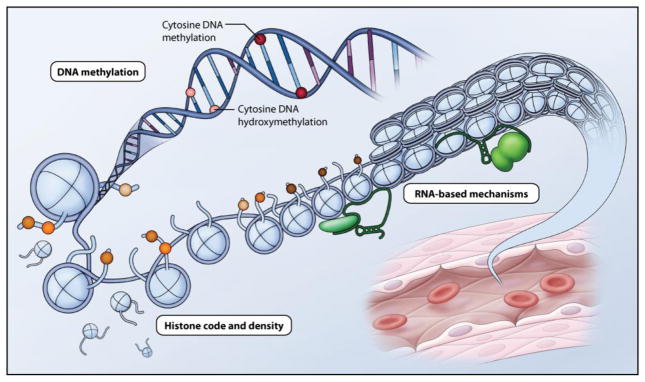Figure 3. Epigenetics can be separated into three distinct but highly interrelated processes: DNA methylation; histone density and post-translational modifications; and RNA-based mechanisms.

DNA methylation refers to the addition of a methyl group to the 5-position of cytosine and is a repressive mark which occurs symmetrically almost exclusively in the context of CpG dinucleotides in mammals. 5-hydroxymethylation also occurs at CpG dinucleotides and is thought to act as an intermediate for active demethylation. Histone density and post-translational modifications refers to the presence of histones and N-terminal histone tail post-translational modifications, respectively. These changes alter histone protein-DNA interactions and change chromatin structure to affect accessibility of transcription factors, modulating gene transcription. RNA-based mechanisms including long noncoding RNAs (lncRNAs) interact with chromatin and chromatin modifying complexes in cis or trans, to modulate gene expression.
